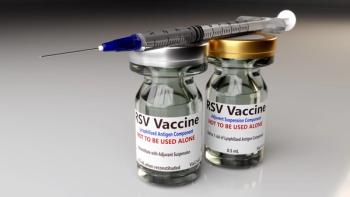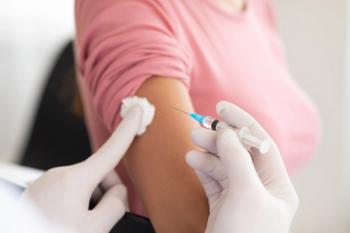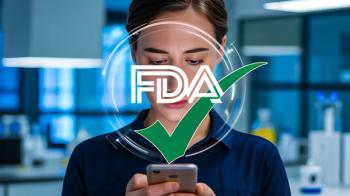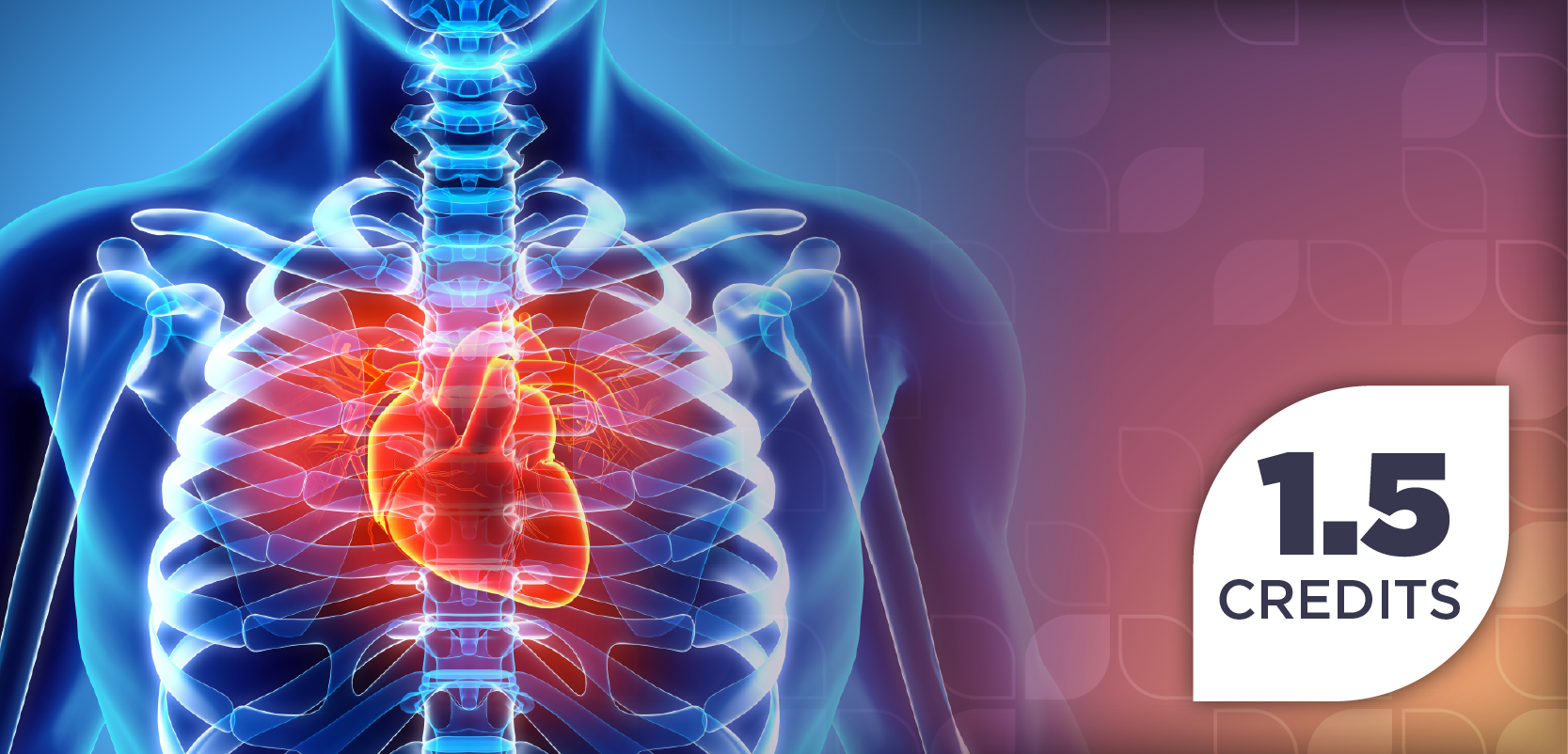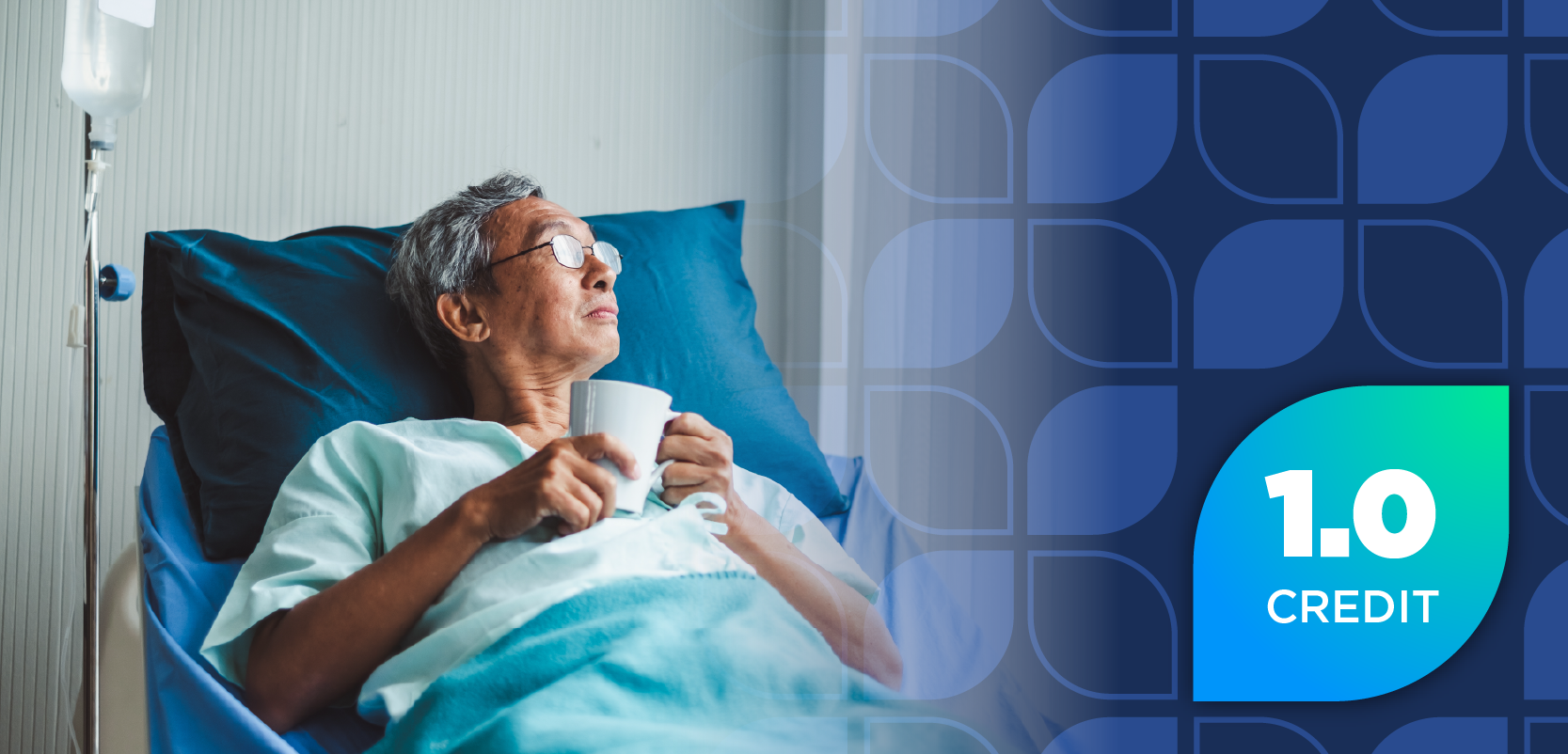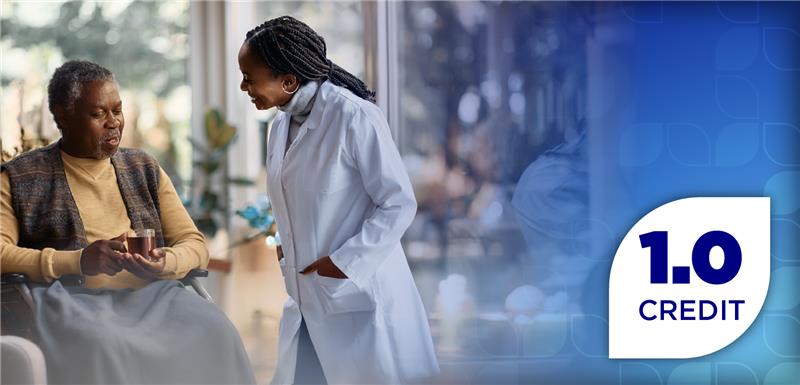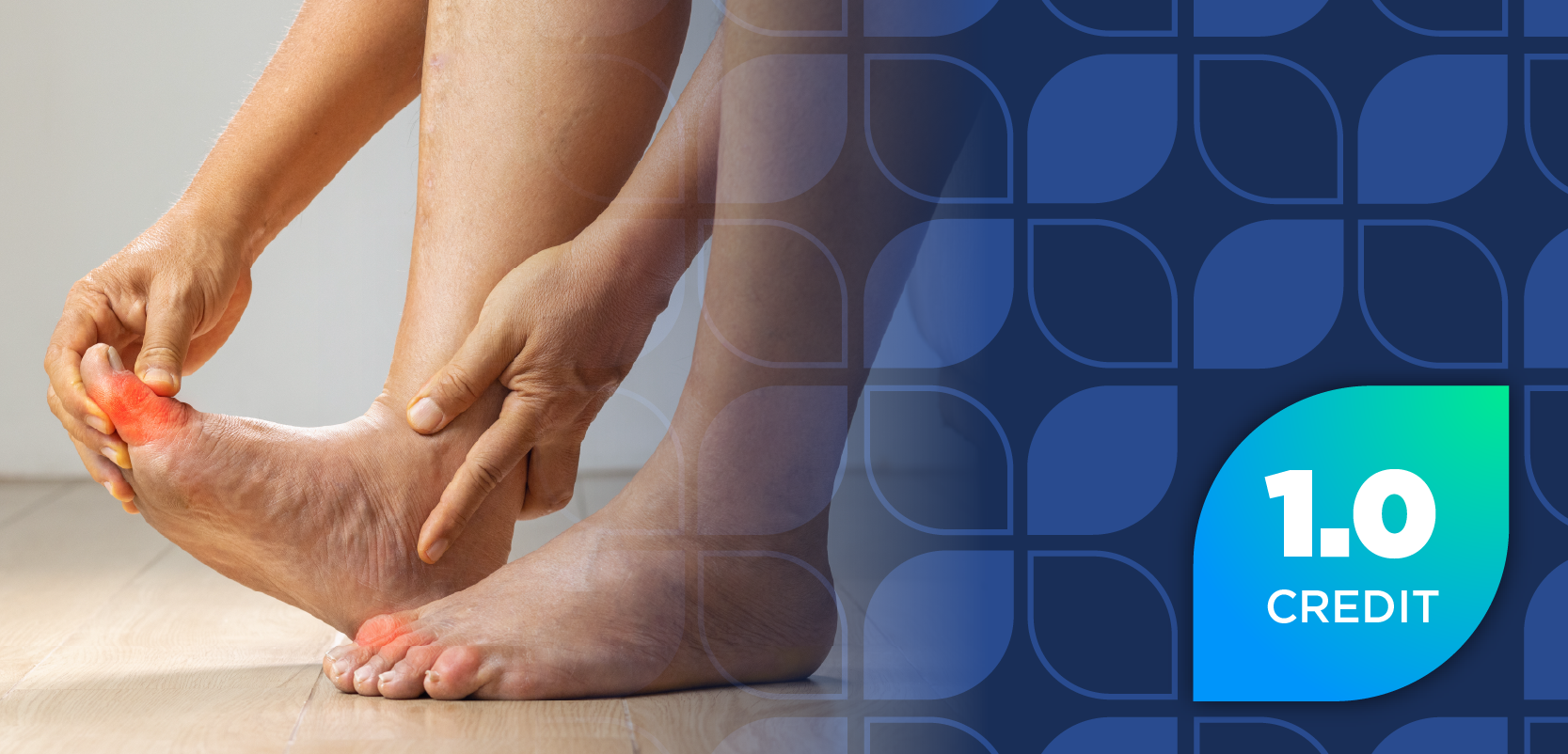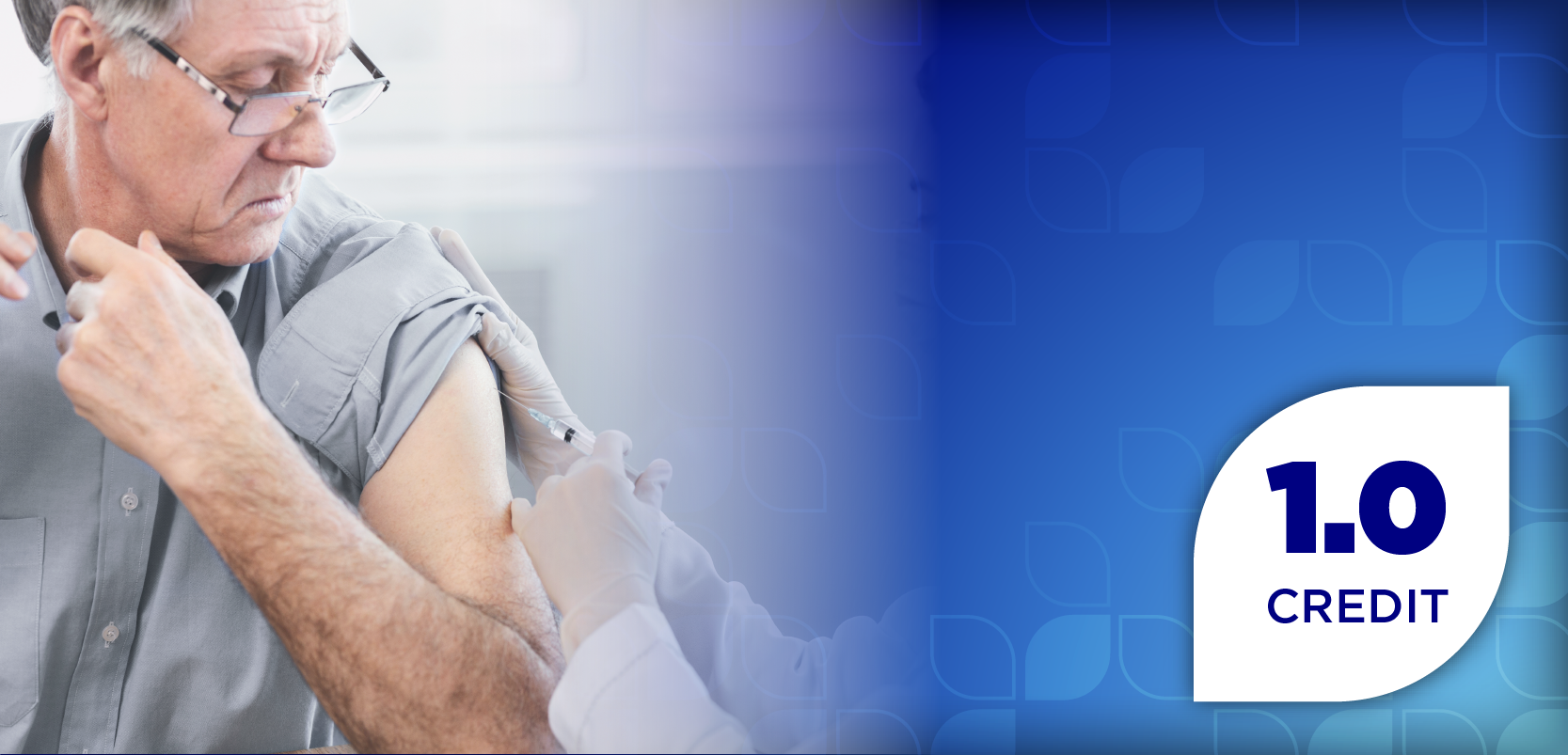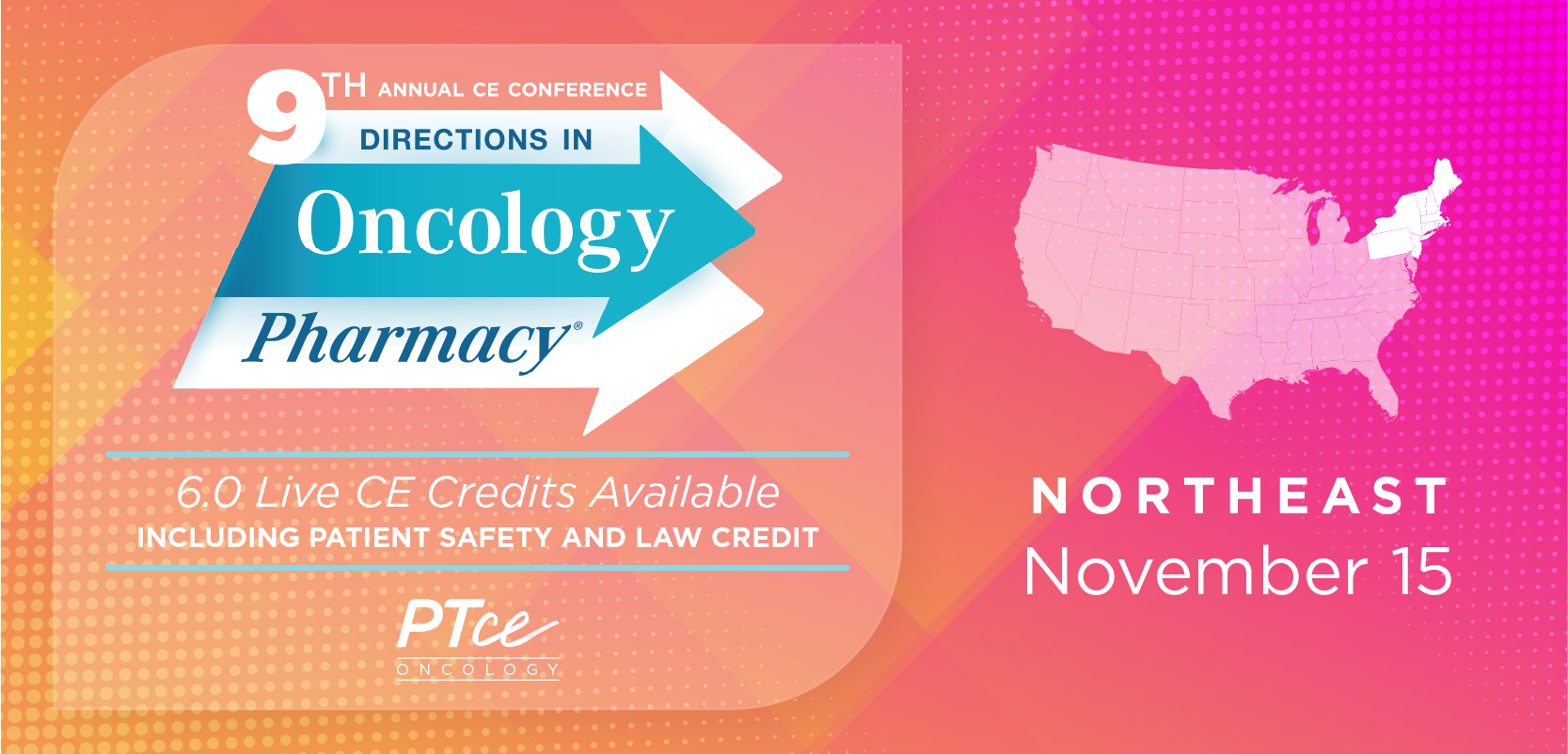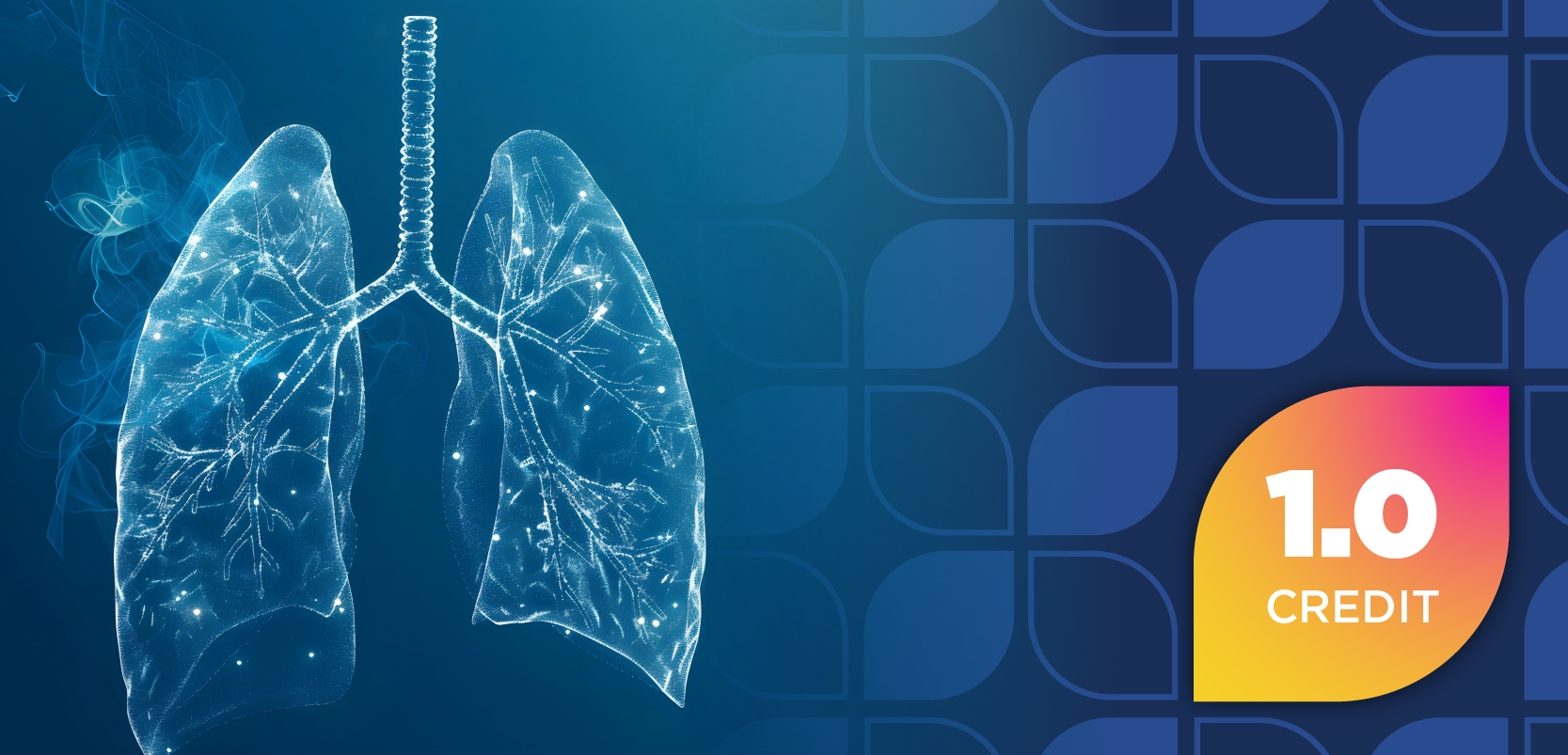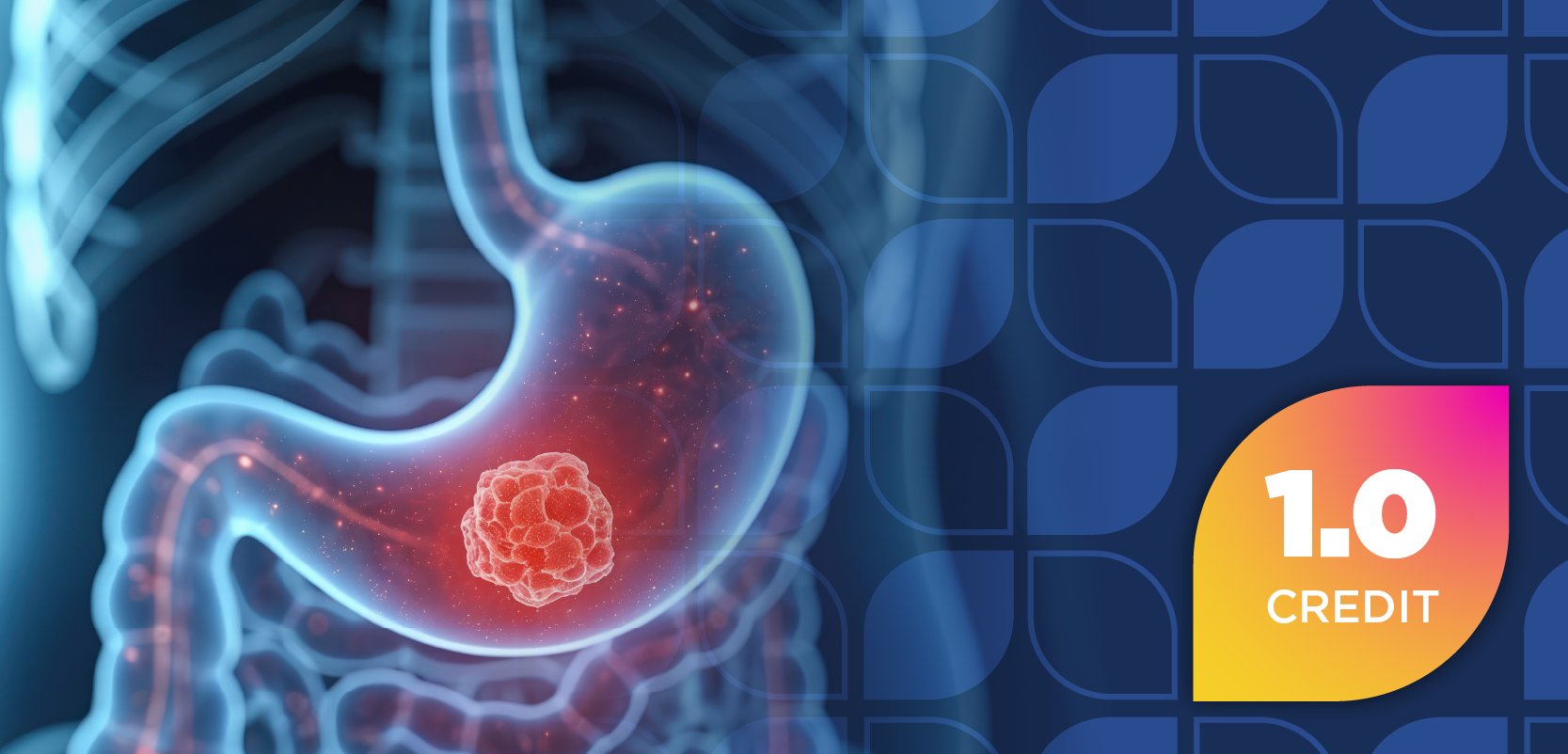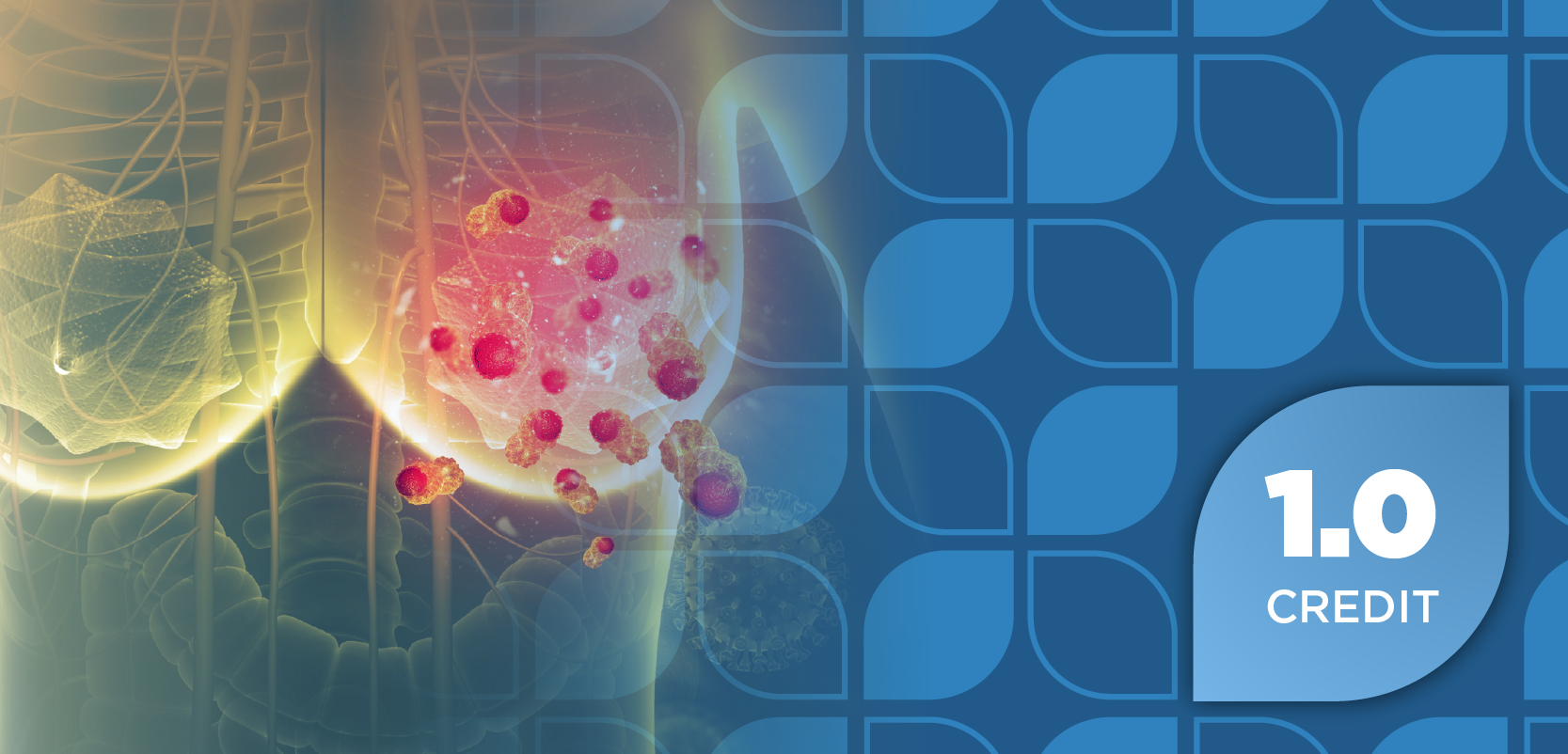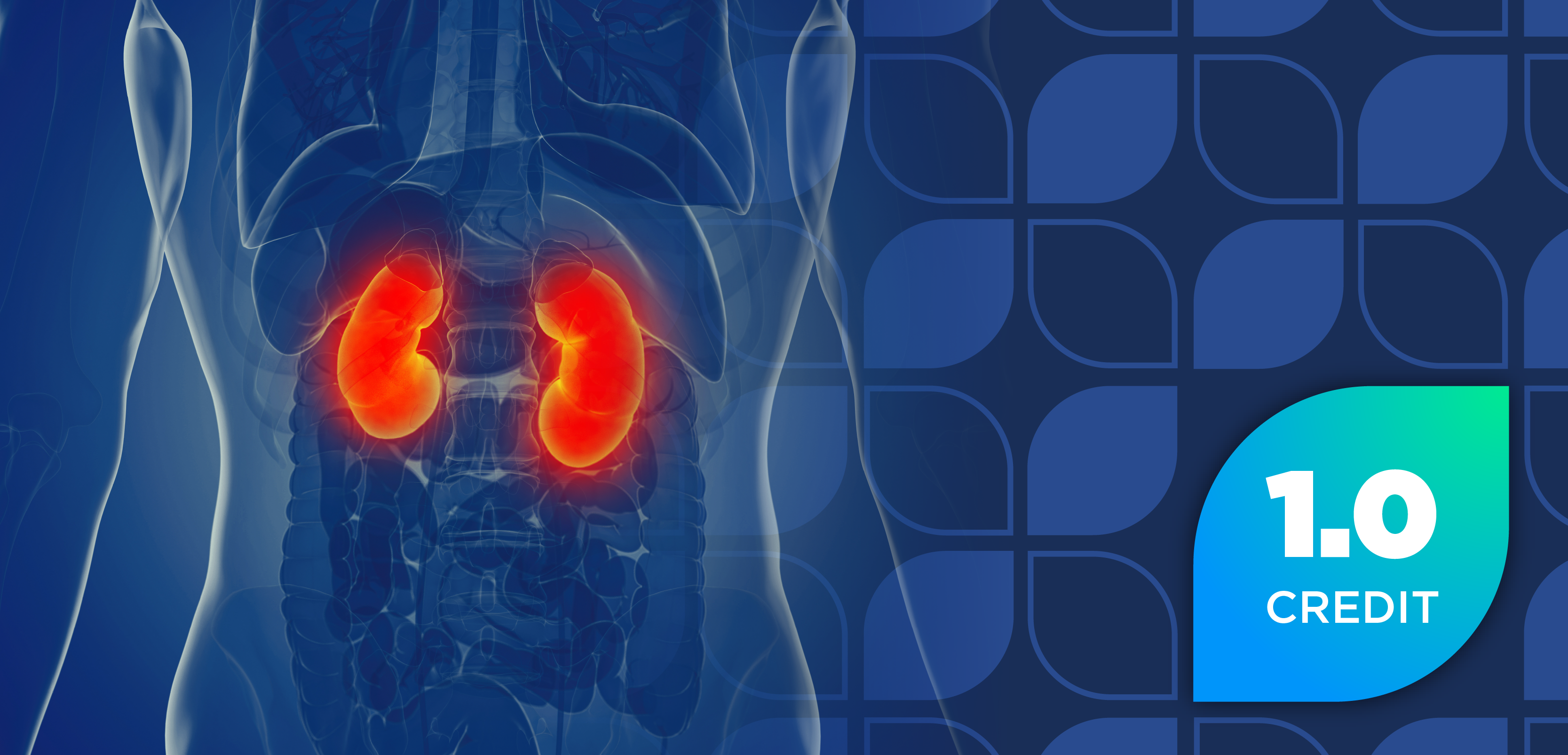
- July 2020
- Volume 88
- Issue 7
Case Studies (July 2020)
Two interactive case studies are presented.
CASE 1
TJ is a 54-year-old man who calls with questions about his blood pressure (BP) medications. He says he read online that taking some antihypertensive drugs at bedtime may help improve their effectiveness. TJ says he takes amlodipine 10 mg daily, hydrochlorothiazide 25 mg daily, and quinapril 40 mg daily. He has been measuring his BP daily at home, and the average reading has been 146/88 mm Hg for the past week. TJ is seeking advice about whether he should take all or some of his BP medications at bedtime.
What should the pharmacist tell him?
CASE 2
PM is a 44-year-old woman who was recently started on 10 units subcutaneously twice daily of Humulin N (insulin NPH) to help manage her type 2 diabetes. She has had 2 episodes of hypoglycemia in the past week since starting the insulin. PM recently saw her primary care provider (PCP) to see if she could switch her insulin to something with less risk of hypoglycemia. The PCP recommended Lantus (insulin glargine injection, 100 units/mL), because it is covered on PM’s formulary. The PCP is seeking advice on how to switch between the 2 insulin preparations.
What dose of Lantus should the pharmacist recommend for PM?
ANSWERS
CASE 1: The findings from the HYGIA trial (NCT00741585) suggest that the bedtime administration of 1 or more antihypertensive drugs is associated with a 45% relative reduction in cardiovascular (CV) end points, such as coronary revascularization, CV death, heart failure, myocardial infarction, and stroke, compared with administration upon awakening.1 However, it is not clear from the study findings which antihypertensive drug(s) and how many should be moved to bedtime. TJ can try taking 1 or more of his medications at bedtime, assuming it would not negatively affect his adherence. He should continue to take his diuretic in the morning to prevent interruptions in his sleep related to nocturia. TJ can try taking his quinapril at bedtime, as there is evidence that renin-angiotensin-aldosterone activity peaks during sleep.2 He is above the recommended goal of < 130/80 mm Hg, so he should continue to monitor his BP at home and follow up with his primary care provider accordingly.
REFERENCES
- Hermida RC, Crespo JJ, Domínguez-Sardiña M, et al; Hygia Project Investigators. Bedtime hypertension treatment improves cardiovascular risk reduction: the Hygia Chronotherapy Trial. Eur Heart J. Published online October 22, 2019. doi:10.1093/eurheartj/ehz754
- Portaluppi F, Tiseo R, Smolensky MH, Hermida RC, Ayala DE, Fabbian F. Circadian rhythms and cardiovascular health. Sleep Med Rev. 2012;16(2):151-166. doi:10.1016/j.smrv.2011.04.003
CASE 2: When switching to Lantus, patients on twice-daily NPH insulin should be given 80% of the total daily NPH dose. This will help reduce the risk of hypoglycemia. Because PM is taking a total daily dose of 20 units of NPH, she should be switched to 16 units (20 units x 0.8) once daily of Lantus. This dose can be further adjusted based on her blood glucose readings. PM should continue to monitor for hypoglycemia and inform her PCP or pharmacist if it continues to occur.
REFERENCE
Lantus. Prescribing information. Sanofi-Aventis; 2019. Accessed June 29, 2020.
Stefanie C. Nigro, PharmD, BCACP, CDE, is an associate clinical professor at the University of Connecticut in Storrs.
Articles in this issue
over 5 years ago
Web Search Data Forecast Lyme Disease Riskover 5 years ago
More Time Outdoors Recently May Increase Tick Bite Incidenceover 5 years ago
Home Infusion Pharmacies Play Critical Role in COVID-19over 5 years ago
Motivational Interviewing: Effective Communication Is Vitalover 5 years ago
OTC Case Studies: Eye Healthover 5 years ago
Diabetes Increases Risk of Some Dermatologic Conditionsover 5 years ago
Patient Experiences Cardiac Arrest When Taking 2 Medicationsover 5 years ago
Lyme Disease May Lead to Disabling Posttreatment Problemsover 5 years ago
What Are the Best Drugs to Treat Diabetes?over 5 years ago
Pet Peeves (July 2020)Newsletter
Stay informed on drug updates, treatment guidelines, and pharmacy practice trends—subscribe to Pharmacy Times for weekly clinical insights.

